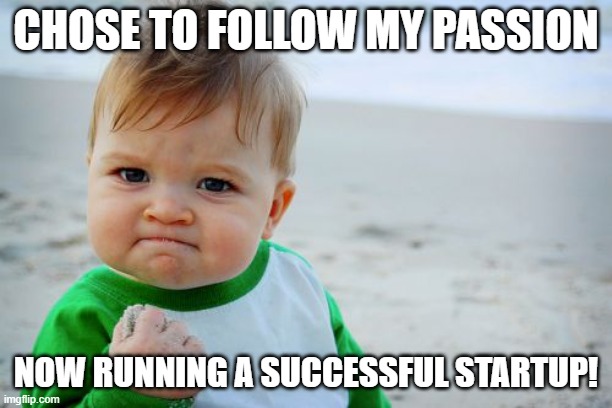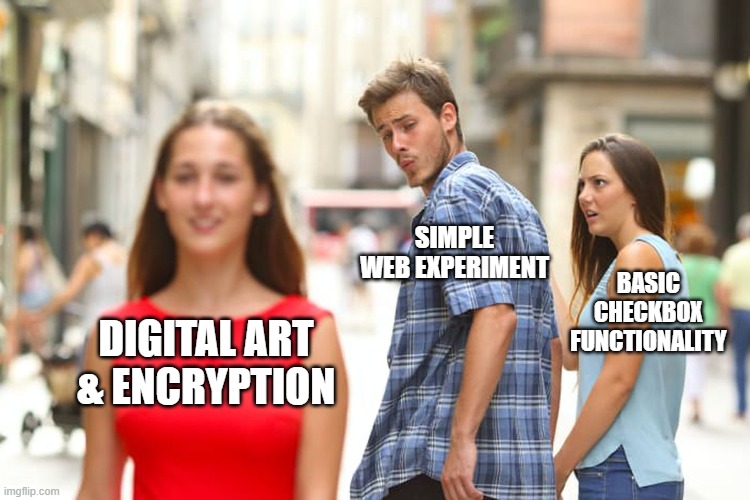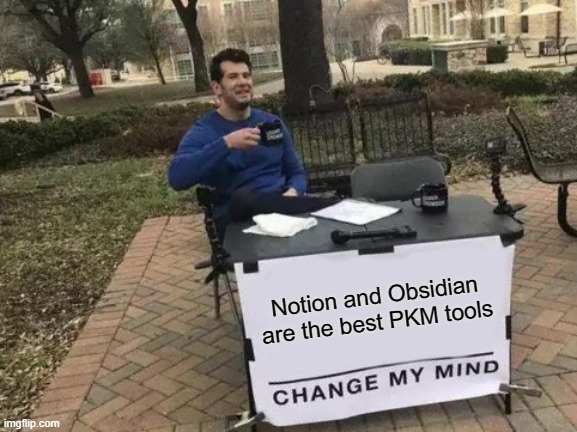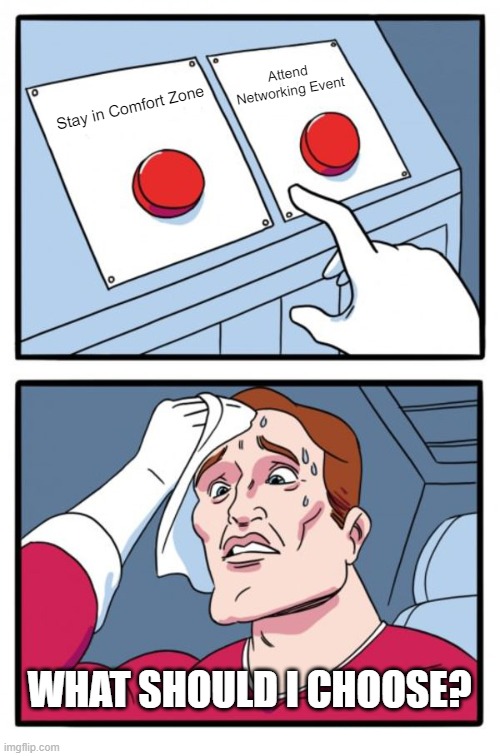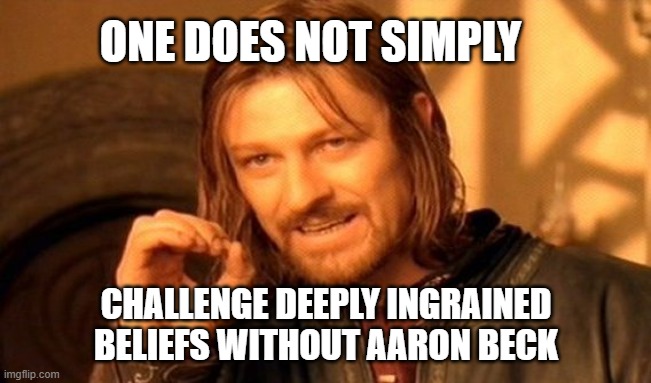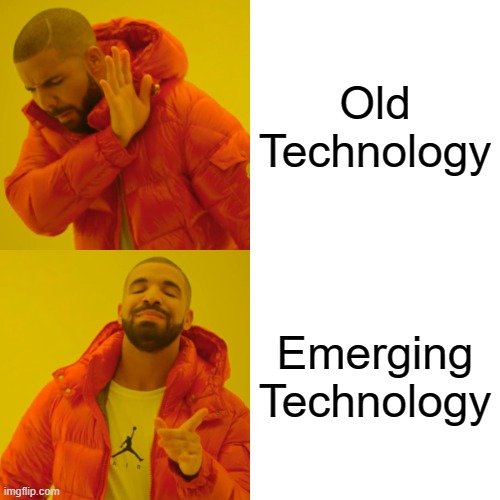Embracing the Journey: When to Follow Your Passion
Deciding whether to follow your passion is a question many of us grapple with. It’s not a simple “yes” or “no” answer. Sometimes, pursuing what you love is the right choice, and other times, it might not be. The line between “should” and “shouldn’t” is often blurry and depends on your unique situation.
The Conflict Between Passion and Practicality
When people talk about following their passion, they usually mean choosing it instead of something else. Under the same circumstances, why not work on what interests you the most? This implies that other options are less important, forcing you to choose between doing what you love and something that might pay better.
If your main goal is to earn money, it can be tough to focus on what you love because businesses pay you for what they need, not necessarily what you enjoy. However, there’s an exception: when your passion aligns with a lucrative field. For example, if you love football and are good enough, you might get paid well to play it.
Leveraging Unique Interests for Success
People with unusual tastes often have a better chance of succeeding financially because their interests might be in high demand but not widely pursued. Take Bill Gates, for example. He didn’t just love programming like many others; he enjoyed creating software for clients. This unique passion helped him achieve great success.
The Intellectual Pursuit of Wealth
Some individuals are genuinely interested in making money as a challenge. This isn’t about greed but about solving economic puzzles. They can’t ignore when prices are too high and feel compelled to address it. This mindset can lead to significant financial achievements.
Startups and Great Work
To achieve substantial financial success, it’s beneficial to work on something you’re passionate about. This approach often leads to innovative startup ideas. Many of the biggest startups, like Apple, Google, and Facebook, began as passion projects. Passion drives creativity, helping you come up with unique ideas that you might overlook if you were solely focused on making money.
Navigating Uncertainty and Building Confidence
When you’re unsure about what you want, the best way to gain clarity is by trying different things that interest you. Start working on projects you’re passionate about to learn more about your interests and strengths. Don’t wait until you finish college or complete an internship to figure things out. Begin exploring your interests now, as understanding what you want can take years.
The Importance of Your Environment
The work you choose affects the people you surround yourself with. If you pick a job based on money alone, you’ll likely be around others who feel the same way, which can make the job less fulfilling. On the other hand, if you choose work that genuinely interests you, you’ll be with like-minded individuals, creating a more inspiring and enjoyable environment.
Choosing Paths That Offer Flexibility
When facing uncertainty, it’s crucial to make choices that keep your options open. Select paths that allow you to pivot easily in the future. For example, if you’re unsure whether to study mathematics or economics, choosing mathematics might be better because it’s easier to switch to economics later than the other way around.
Striving for Greatness
If you aim to achieve something significant, following your passion becomes a clear choice. Great work requires deep interest and motivation, which naturally comes from pursuing what you love. While not everyone may want to accomplish something monumental, those who do will find that their passion drives them forward.
Read the article: “The Surprising Evolution of a Joke Website: How Checkboxes Became a Canvas for Digital Art and Encryption”
